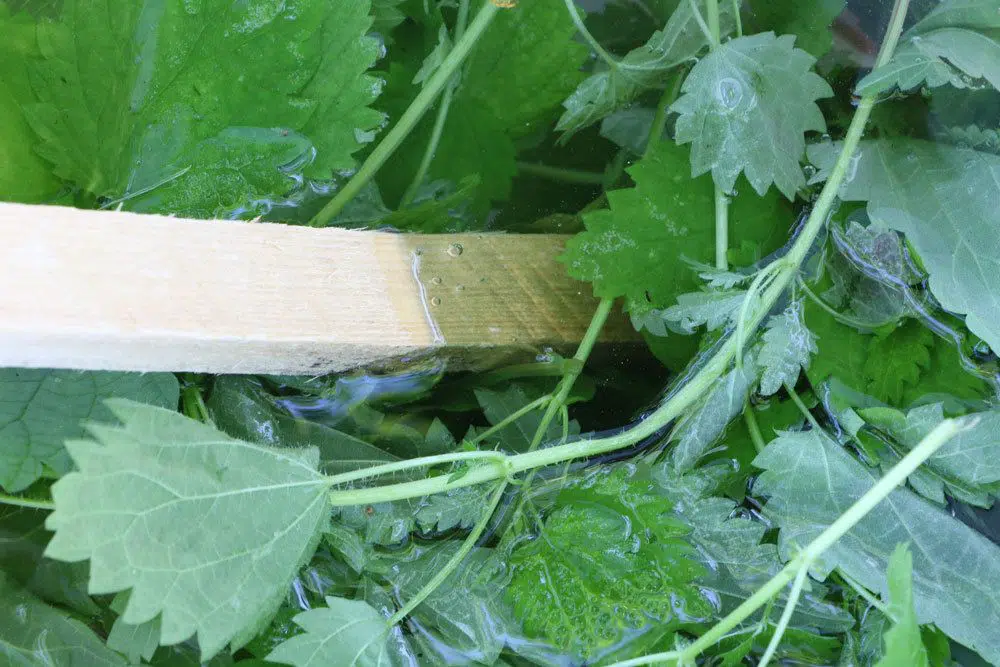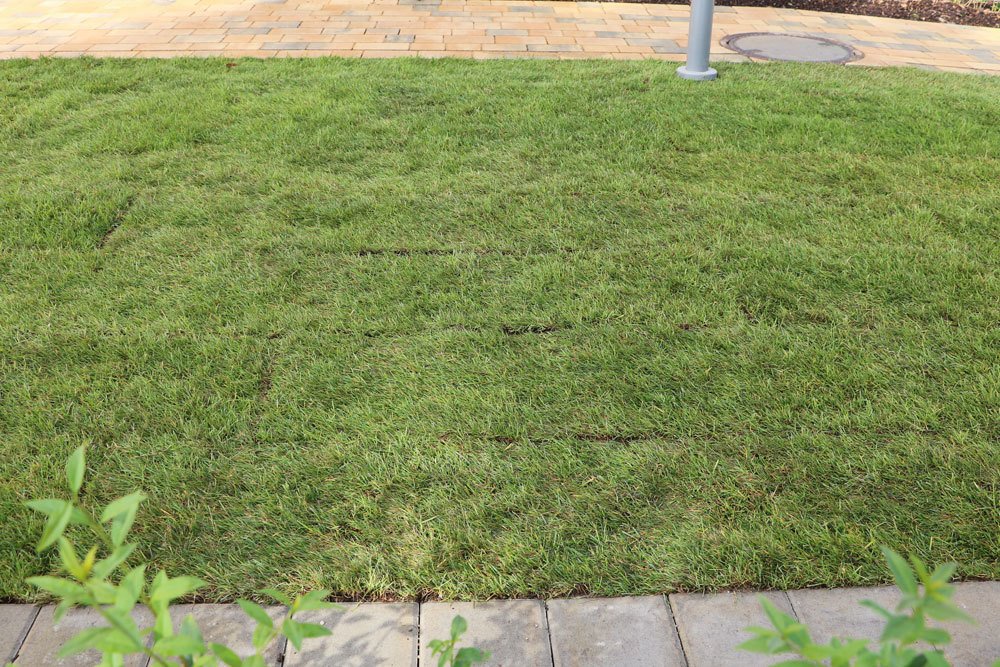For many garden owners, rolled turf is a quick alternative to the classic variant with sowing and a long wait until a dense grass surface is formed. Important for the vitality of the lawn is fertilizer. Like all plants, the ready-made lawn needs nutrients that help the grasses grow and thus ensure the desired result in the long term. To maintain a healthy lawn you need to know when, how often and with what you fertilize.
Contents
Initial fertilization
After the sod has been installed, initial fertilization is especially important to help the grasses grow in the soil. It is important not to wait too long with the first addition of nutrients, regardless of whether the soil has already been pre-fertilized. A rule of thumb is to apply the first rolling lawn fertilizer three to four weeks after installation. This will give the grasses a sufficient energy boost and allow them to get comfortable in their new location.
Frequency: how often to fertilize new sod
If the initial fertilization has been successful, the sod must always be fertilized at the same frequency over the next few years to maintain the dense grass surface. As with initial fertilization, there are certain dates here that are particularly suitable and specifically good for sod. If you have low-use ornamental turf in mind, fertilizing twice a year is sufficient:
- 1st fertilization: March to April
- 2nd fertilization: July to August
Here it is important not to apply fertilizer too early and not too late, otherwise you can quickly overfertilize or have problems with the weather. How often you should fertilize if you want to use the lawn as a play area, for sports or as a dog run, as follows:
- 1st fertilization: March to April
- 2nd fertilization: June
- 3rd fertilization: July to August
As you can see, heavily used lawns, whether they are sod or seeded, require one more fertilization per year. Because these grasses are subjected to higher levels of stress, they need to be provided with a much higher amount of nutrients, administered three times a year. This schedule also applies to sod areas where the site or soil is unfavorable:
- nutrient-poor soils
- permanently shaded areas
This schedule is repeated from year to year, and over time the apparent rolled lawn changes to a completely closed lawn. For this reason, the same intervals from fertilization to fertilization are observed here as in the case of a lawn from seed. Even if the ready-made lawn has already received a lot of nutrient additions before delivery compared to the classic one, you should not skip any fertilization, otherwise you will have to settle for yellow grass blades and bare patches. If you feel that your sod looks feeble, you can fertilize again in October just before winter.
Tip: Once a year it is necessary to work the soil thoroughly so that it can absorb nutrients well and pass them to the grasses of the lawn. In this case, you should scarify the lawn or aerify it if the soil is particularly dense.
Fertilize with what?
It’s not just the timing and frequency that are important when fertilizing sod. The fertilizer itself must be right to provide nutrients to the numerous grasses. As a lawn owner, you have five different fertilizers at your disposal, which are of organic and inorganic origin and for this reason act at different rates. The following list gives you an overview of the respective fertilizers:
lawn fertilizer
If you want to use a ready-made preparation, you should go for an NPK fertilizer of organic-mineral origin. These have proven themselves in the long term for lawn care, as their distribution of potassium, nitrogen and phosphorus is ideal for the grasses. They act faster than organic fertilizers and have a long-term effect, which is beneficial for the vitality of the grasses. Likewise, the structure of the soil improves, which often makes special lawn fertilizers one of the best solutions for the turf owner. Be sure to choose a high-quality product here, for example, from manufacturers such as Neudorff, Cuxin or COMPO.
nettle liquid manure
If you make nettle liquid manure, you can also use it as a sod fertilizer. To do this, you need to let nettles ferment in a rain barrel of water over a period of two to four weeks and dilute with 10 parts water before use. Otherwise, the slurry would be far too aggressive for the lawn. Applied this is simply over a watering can. The advantage of nettle liquid manure is its quick action and the numerous nutrients that are immediately absorbed by the grasses.

chicken manure
Chicken manure has proven to be a good fertilizer for lawns, as it is very rich in nitrogen and potassium. To do this, mix 500 grams of manure with ten liters of water and then use it to fertilize the turf. Alternatively, you can use other manure or guano.
horn shavings or horn meal
Horn fertilizers are ideal for sod, as they contain a lot of nitrogen and can be easily incorporated into the lawn. It is simply distributed generously and then unfolds its effect.
compost
Similarly, you can spread well-matured compost from animal and vegetable waste on the lawn. Compost made from a base of lawn clippings works well.
Purely mineral fertilizers are not suitable for the lawn in any form, because they do not have an effective long-term effect and provide only a short-lived lush growth. However, this subsides after a few weeks and then the area often suffers from a lack of nutrients.
Tip: If you are struggling with a lot of moss in the turf, this may indicate over-acidification, which you should definitely determine with a soil sample. To bring the soil back to a pH value of over 5.5, which is ideal for the grasses, it is best to spread rock flour, as this reliably deacidifies the area.


